12 World-Class Airports That Impress + 8 You’ll Want To Skip

Airports are often our first impression of a country—and let’s be honest, they can either spark wanderlust or serious travel fatigue.
I’ve passed through terminals that felt more like five-star hotels, complete with spas, indoor gardens, and even art galleries. But I’ve also trudged through airports where I couldn’t find a decent snack, let alone a place to sit without elbowing someone.
It’s wild how much the airport experience can shape your entire trip. So, which global hubs go above and beyond, and which ones might test your patience (and maybe your sanity)? Let’s break down the best—and the worst—airports around the world.
1. Singapore Changi Airport
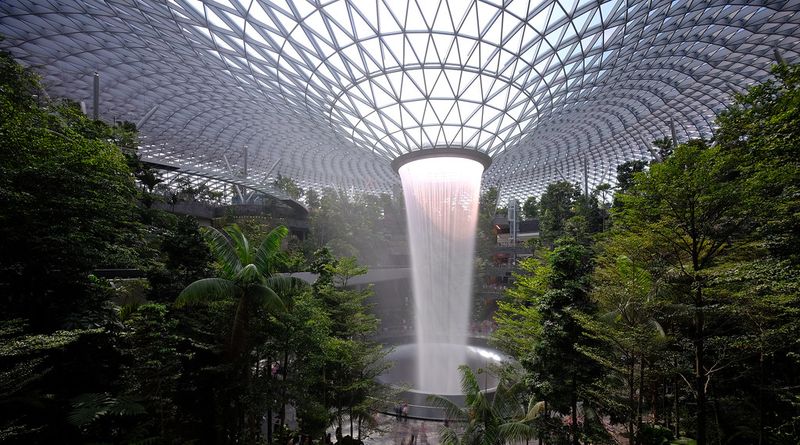
Walking into Changi feels like entering a tropical paradise rather than an airport. The stunning Rain Vortex waterfall cascades through a lush forest setting, creating a tranquil atmosphere that immediately melts travel stress away.
I’ve spent hours exploring the butterfly garden, catching movies at the free cinema, or napping in dedicated sleep zones without ever boarding a plane. The shopping rivals high-end malls, with local and luxury brands alike.
Staff members speak multiple languages and seem genuinely happy to help lost travelers. If you have a long layover, don’t rush to leave – Changi is basically a vacation destination itself!
2. Los Angeles International Airport (LAX) (skip)

Navigating LAX feels like participating in a chaotic obstacle course designed by someone who hates travelers. The horseshoe layout forces traffic into perpetual gridlock, making airport transfers an anxiety-inducing nightmare.
Dated terminals vary wildly in quality, with some offering decent amenities while others feel stuck in the 1970s. Finding a seat near your gate often becomes a competitive sport as overcrowding reaches peak levels during busy hours.
Food options range from mediocre to overpriced, and the bathrooms frequently look like they haven’t been properly maintained in days. Despite ongoing renovations, LAX remains a stress factory that most frequent flyers try to avoid.
3. Hamad International Airport (Doha)
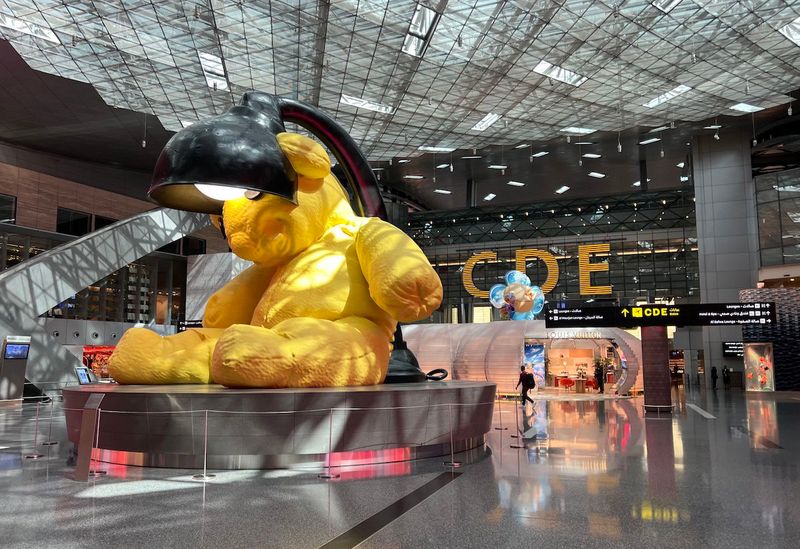
Giant teddy bears and extraordinary art installations immediately signal that Hamad isn’t your average airport. Qatar’s flagship terminal combines Middle Eastern hospitality with stunning modern architecture that makes even seasoned travelers stop and stare.
The soaring ceilings and natural light create an atmosphere of spaciousness even during busy periods. I particularly love the tranquil indoor pool and spa where you can refresh between flights – a luxury that transforms layovers from boring to blissful.
Shopping here rivals the best malls, with duty-free prices on luxury goods that often beat other international airports. Even the food courts serve dishes worthy of fine dining establishments.
4. London Heathrow Airport(skip)
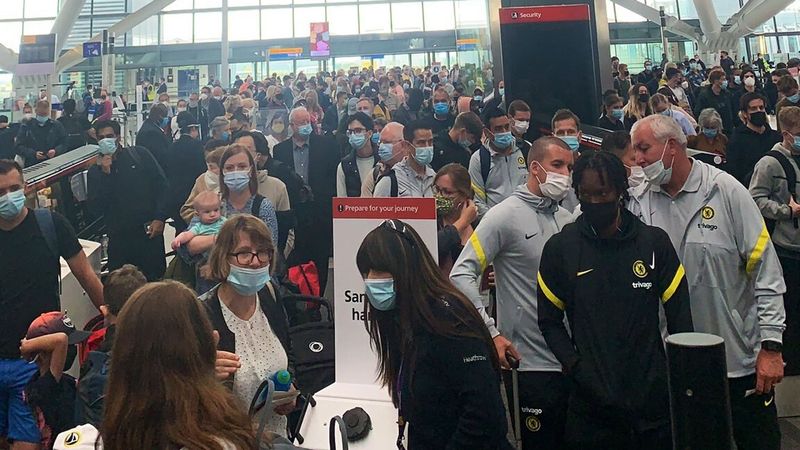
Heathrow’s massive size works against it, creating exhausting walks between gates that seem designed to test your endurance. Transfers between terminals require planning ahead and extra time that many connecting passengers simply don’t have.
Security lines often snake through the terminal during peak hours, testing even the most patient travelers. While newer terminals offer improved shopping and dining, the older sections feel cramped and dated despite renovation attempts. Weather delays frequently cascade into system-wide disruptions, leaving thousands stranded with limited seating and overwhelmed staff.
Despite its importance as a global hub, Heathrow consistently ranks poorly for on-time performance – something to consider when planning tight connections.
5. Tokyo Haneda Airport

Japanese efficiency shines at Haneda, where I’ve never waited more than 15 minutes to clear immigration or security. The spotless terminals feature traditional Japanese elements alongside cutting-edge technology, creating a uniquely calming atmosphere.
Food options showcase the best of Japanese cuisine at reasonable prices – from ramen bars to high-end sushi. Even the convenience stores offer beautifully packaged meals that put other airports’ food to shame. Haneda’s proximity to downtown Tokyo (just 30 minutes by train) makes it vastly more convenient than remote Narita.
Staff members go above and beyond to assist passengers, often escorting lost travelers directly to their destinations rather than simply pointing the way.
6. Paris Charles de Gaulle Airport (skip)
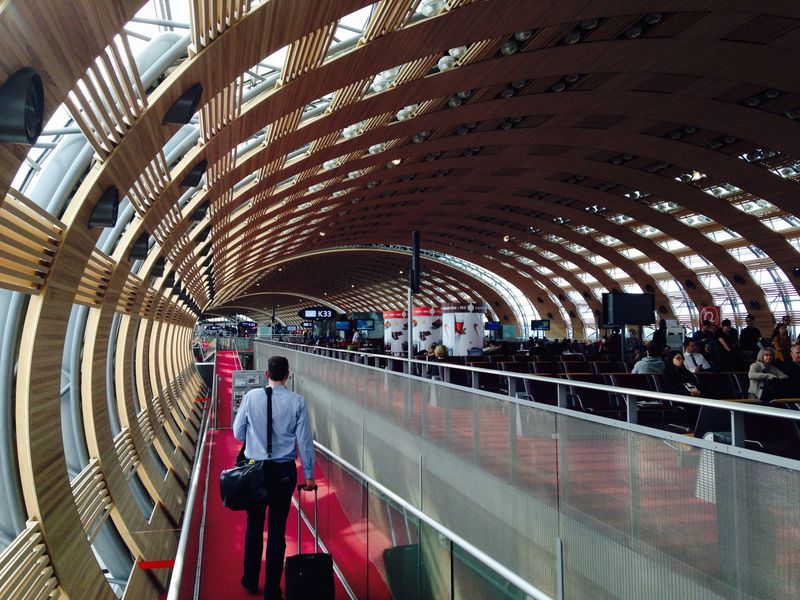
Charles de Gaulle’s confusing layout seems deliberately designed to make passengers miss flights. The bizarre concrete terminals connected by automated trains create a disorienting maze that even frequent visitors struggle to navigate.
Bathrooms often lack basic supplies and cleanliness, while seating areas become battlegrounds during delays. The aging infrastructure struggles to handle modern passenger volumes, resulting in bottlenecks throughout the journey from check-in to boarding.
Staff members can appear indifferent to passenger confusion, and finding someone who speaks English sometimes proves challenging. Though Terminal 2E offers improved amenities, the overall experience remains frustratingly inconsistent – a disappointing welcome to the city of light.
7. Zurich Airport
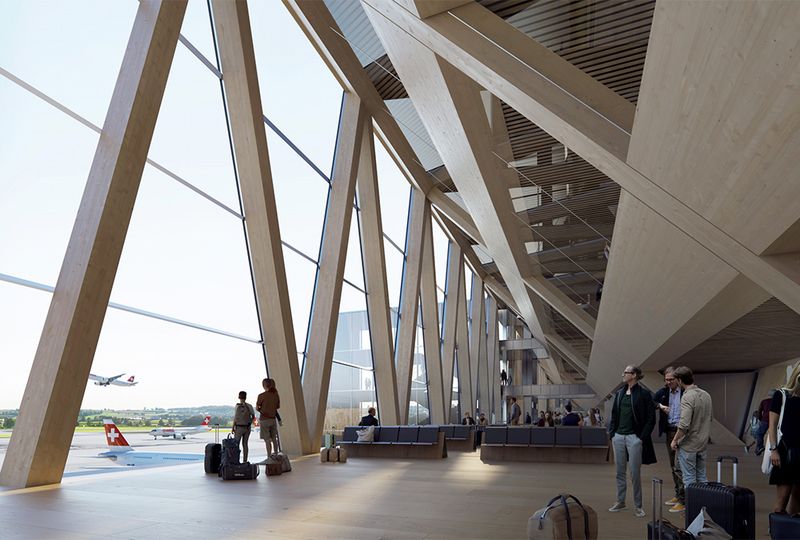
Swiss precision defines every aspect of Zurich Airport, from the clockwork-reliable train connections to the spotless terminals. The thoughtful design creates intuitive passenger flow that eliminates the confusion common at larger hubs.
Natural materials like wood and stone create a warm atmosphere that contrasts with the cold, sterile feel of many international airports. I particularly appreciate the observation deck where you can watch planes take off while enjoying mountain views and fresh air – a rare airport pleasure. Security and immigration processes move with remarkable efficiency, rarely taking more than 15 minutes even during peak hours.
Though relatively small by international standards, Zurich offers everything travelers need without overwhelming them with endless walking or shopping.
8. Manila Ninoy Aquino International Airport (skip)
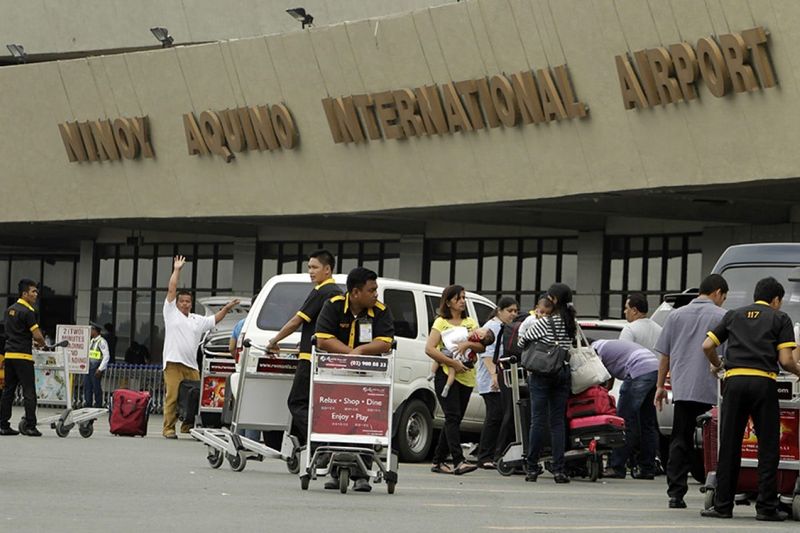
Arriving at Manila’s main airport feels like stepping back in time to when air travel was an uncomfortable necessity rather than an experience. Terminal 1 particularly suffers from crumbling infrastructure, with air conditioning that struggles against the tropical heat and bathrooms that often lack basic supplies.
Long lines form at every checkpoint due to inefficient processes and limited staff. Finding a seat near your gate becomes nearly impossible during peak hours, forcing many passengers to sit on floors or stand for hours. Transportation options to and from the airport are limited and often chaotic, with taxi scams targeting tired travelers.
Though Terminal 3 offers slight improvements, NAIA consistently ranks among Asia’s worst airports – a stark contrast to the warm Filipino hospitality found elsewhere in the country.
9. Munich Airport

German engineering excellence is evident throughout Munich’s airy, logical terminal design. The spacious layout never feels crowded even during busy periods, with plenty of seating and power outlets exactly where you need them.
Between flights, I love visiting the outdoor beer garden where you can enjoy authentic Bavarian pretzels and local brews while watching planes take off. The children’s play areas are thoughtfully designed with parents in mind – positioned where adults can relax while keeping an eye on the kids.
Transportation connections to the city center run with predictable German precision. Even the security process feels refreshingly civilized, with adequate staffing that prevents the long lines common at other European hubs.
10. LaGuardia Airport (New York) (skip)
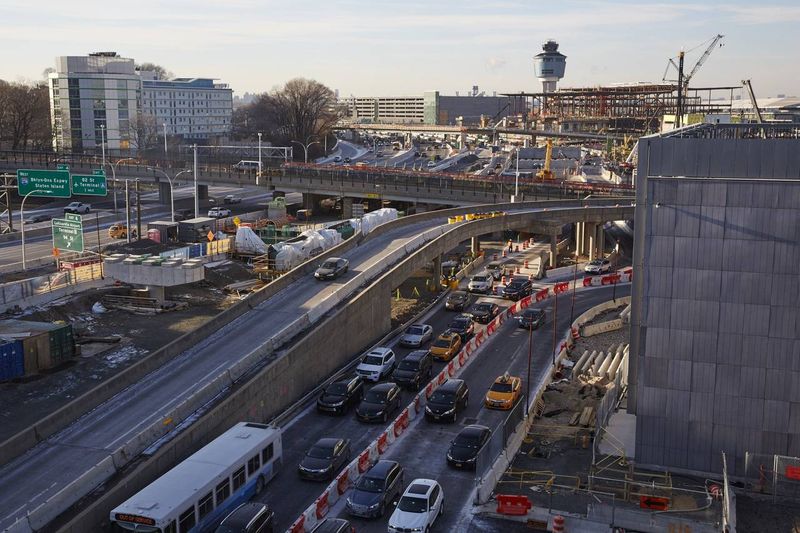
Despite recent renovations, LaGuardia still feels like an airport struggling to escape its troubled past. Construction has improved certain areas while creating new bottlenecks and confusion in others. Ground transportation remains a nightmare, with limited public transit options and taxi queues that can stretch for an hour during peak times.
The approach to the airport often involves sitting in legendary New York traffic that can turn a 20-minute journey into a 90-minute ordeal. Food options have improved but still charge Manhattan prices for mediocre quality.
When bad weather hits the Northeast, LaGuardia typically experiences the worst delays and cancellations in the region, with inadequate facilities for stranded passengers who end up camping on floors and in corridors.
11. Incheon International Airport (Seoul)
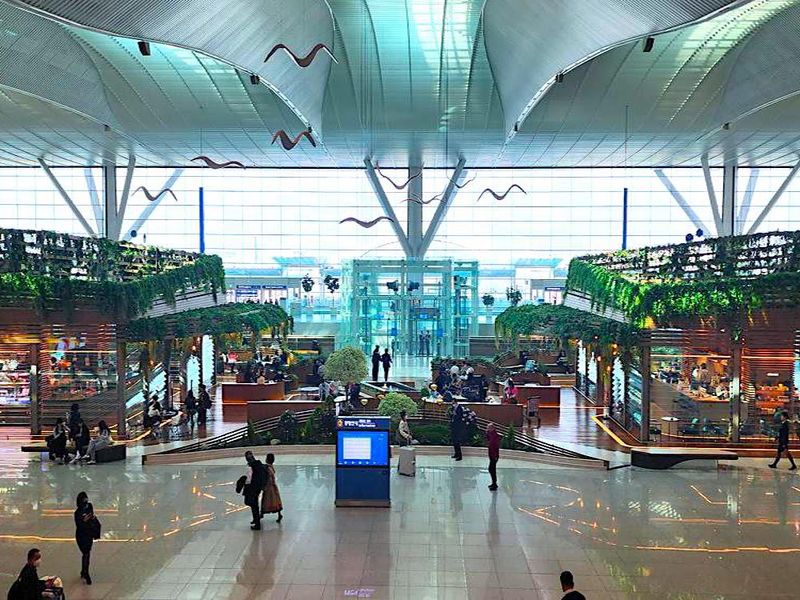
Korean culture takes center stage at Incheon, where traditional music performances and craft demonstrations transform mundane layovers into cultural experiences. The soaring ceilings and abundant natural light create a sense of calm rarely found in busy international hubs.
Technology integration feels seamless rather than gimmicky, with fast free Wi-Fi and charging stations everywhere. I particularly love the free shower facilities that allow travelers to refresh after long flights without needing a lounge membership.
Transit between Seoul and the airport happens via multiple efficient options, including a high-speed train that makes the journey in under an hour. Staff members speak excellent English and go out of their way to assist confused travelers – making Incheon consistently rank among the world’s best airports.
12. Dubai International Airport
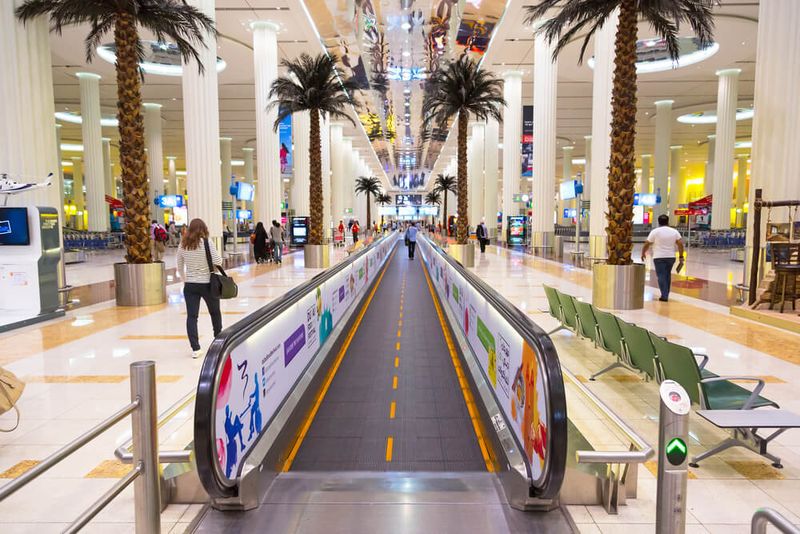
Opulence defines Dubai’s massive airport, where gold-trimmed everything and indoor palm trees create an atmosphere of Middle Eastern luxury. The sheer scale can be overwhelming at first, but excellent signage helps navigate the sprawling terminals.
Shopping reaches new heights here with everything from luxury watches to supercars available for purchase. The A380-dedicated concourse feels particularly futuristic with its massive scale designed specifically for the world’s largest passenger aircraft.
Despite the luxury trappings, Dubai can feel chaotically busy during peak hours when thousands of connecting passengers create bottlenecks at security and gates. The 24-hour operation means you’ll find full services regardless of your arrival time – perfect for those middle-of-the-night connections common on Emirates flights.
13. Toronto Pearson International Airport (skip)

Canadian winters wreak havoc on Pearson’s operations, frequently causing cascading delays that strand passengers for hours or days. The immigration process can be painfully slow, with understaffed counters creating lines that snake through terminals during peak arrival times.
Finding your way between terminals requires patience and careful attention to signage that sometimes seems designed to confuse rather than direct. Food options have improved in recent years but still charge captive-audience prices for mediocre quality. Ground transportation to downtown Toronto often gets caught in notorious highway traffic, making the journey frustratingly unpredictable.
Though staff members generally exhibit Canadian politeness, they’re often overwhelmed by the volume of passengers, resulting in long waits for assistance during irregular operations.
14. Helsinki Airport
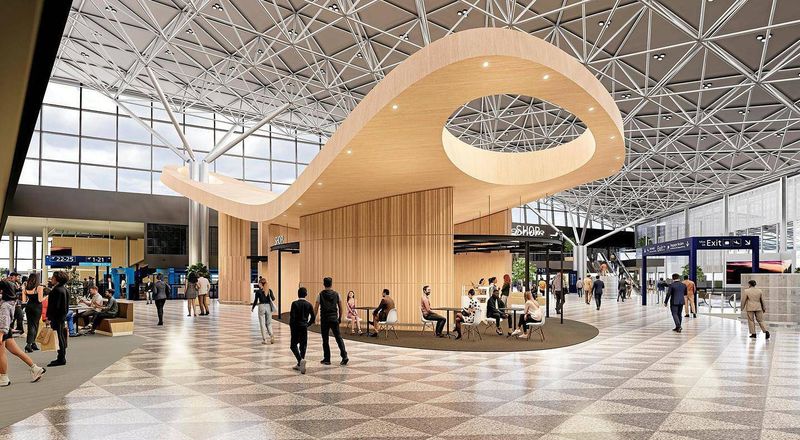
Finnish minimalism creates a soothing atmosphere at Helsinki Airport, where clean lines and natural wood elements calm travel-frazzled nerves. The compact size means short walking distances between gates – a blessing for connecting passengers with tight layovers.
Quiet zones with reclining chairs offer peaceful respite without requiring lounge access, while Finnish design shops showcase beautiful items you won’t find elsewhere. The airport’s layout feels intuitive, making navigation simple even for first-time visitors.
Finnair’s focus on Asian connections makes Helsinki an excellent alternative to larger, more hectic European hubs when traveling between continents. Winter operations run with remarkable efficiency despite challenging weather – a testament to Finnish preparation and practicality that keeps delays minimal even during snowstorms.
15. Newark Liberty International Airport (skip)
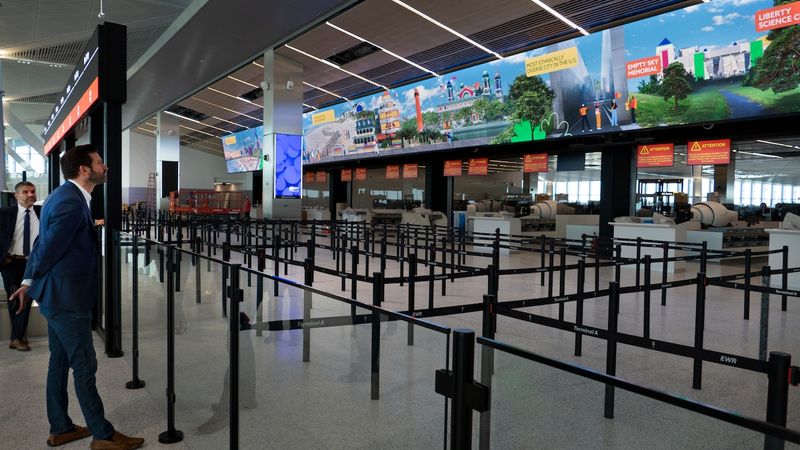
Newark’s aging infrastructure struggles to handle modern passenger volumes, creating choke points throughout the terminal experience. The three disconnected terminals require time-consuming shuttle transfers that can turn tight connections into missed flights.
Food courts offer primarily fast-food options at inflated prices, while seating areas quickly fill during delays. Ground transportation to Manhattan involves either expensive taxis or complicated train connections that confuse first-time visitors. When Northeast weather deteriorates, Newark typically experiences severe delays and cancellations with inadequate facilities for stranded passengers.
Though slightly less chaotic than neighboring LaGuardia, Newark still embodies many of the frustrations that make New York-area airports infamous among frequent travelers who try to avoid them whenever possible.
16. Hong Kong International Airport
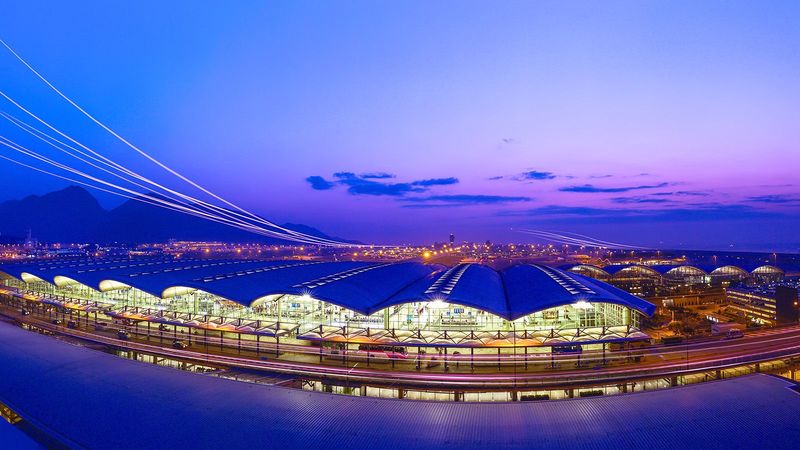
Built on reclaimed land, Hong Kong’s airport impresses with its sweeping architecture and harbor views. The soaring ceilings and abundant natural light create a sense of spaciousness even during the busiest hours. Shopping rivals the city’s famous markets and malls, with everything from luxury brands to local specialties available duty-free.
I particularly appreciate the express train to central Hong Kong that makes the journey in just 24 minutes – bypassing the notorious traffic completely. Food courts offer authentic local cuisine alongside international options, all prepared to high standards rarely found in airports.
Despite its massive size, the logical layout makes connections relatively straightforward, with moving walkways speeding up longer journeys between gates.
17. Vienna International Airport
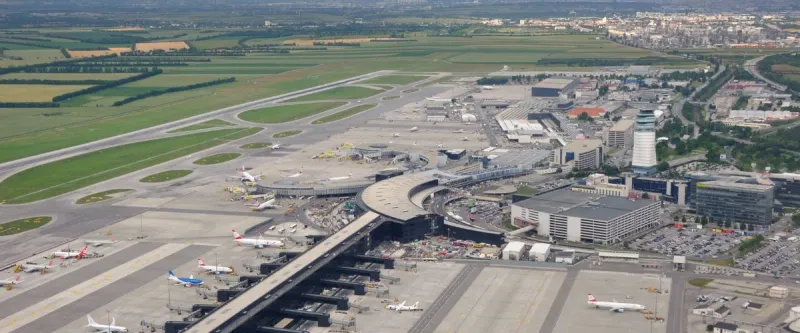
Austrian efficiency combines with artistic touches at Vienna’s welcoming airport. The compact terminal design means you’re never far from your gate, while the logical layout prevents the confusion common at larger hubs.
Coffee culture thrives here with cafés serving proper Viennese specialties rather than generic airport fare. Security and immigration typically move quickly thanks to adequate staffing and well-designed queuing systems. The direct train connection to central Vienna takes just 16 minutes – faster than taxis during rush hour.
Though relatively small compared to major European hubs, Vienna offers excellent connections throughout Eastern Europe and the Middle East with minimal stress. The airport somehow manages to feel both efficient and relaxed – reflecting Austrian culture’s blend of precision and enjoyment.
18. Sydney Kingsford Smith Airport
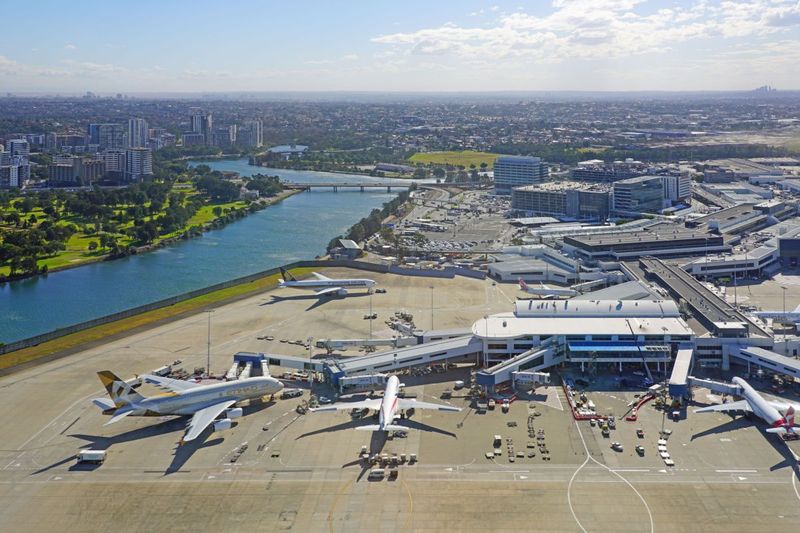
Stunning harbor views greet international arrivals at Sydney’s primary airport, offering a gorgeous introduction to Australia. The relatively compact international terminal makes connections straightforward, though walking distances can be substantial.
Australian biosecurity takes their job seriously, creating longer entry processes that are efficiently managed but require patience. I particularly appreciate the observation deck where you can watch planes with the iconic Sydney skyline as backdrop.
Domestic terminals feel significantly more dated than the international facility, with limited food options and seating during busy periods. Transportation to the city center comes via convenient train service or taxis, though both charge premium prices compared to public transit in other global cities.
19. Chicago O’Hare International Airport (skip)
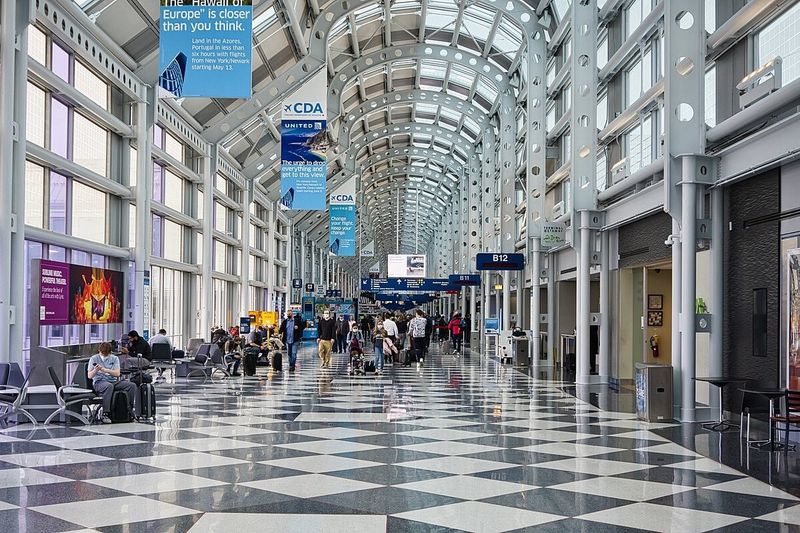
O’Hare’s massive size and hub status create a perfect storm of congestion, delays, and frustration. The aging infrastructure struggles to handle modern passenger volumes, resulting in bottlenecks throughout the journey from curbside to gate.
Winter weather regularly cripples operations, with cancellations cascading throughout the system and stranding thousands. The underground tunnels connecting terminals feel like disorienting time warps with their neon lights and moving walkways that sometimes work, sometimes don’t. Food options have improved but still suffer from inconsistent quality and airport pricing.
Despite renovation efforts, O’Hare retains its reputation as a delay factory that savvy travelers avoid during winter months and thunderstorm season – which unfortunately covers most of the year in Chicago.
20. Hamamatsu Airport (Tokyo Region)

Hidden gem status applies perfectly to Hamamatsu, where a modern facility serves primarily domestic Japanese routes with surprising efficiency. Unlike Tokyo’s busier airports, you’ll rarely encounter lines or crowds here – making the entire experience refreshingly stress-free.
The compact terminal means you can go from entrance to gate in minutes rather than hours. Though amenities are limited compared to international hubs, the quality of available services reflects typical Japanese attention to detail. Transportation connections to nearby cities work seamlessly with the flight schedule, preventing long waits.
While not convenient for international travelers, Hamamatsu offers a glimpse of how pleasant air travel can be when airports prioritize passenger experience over maximizing retail space – a lesson larger airports could learn from.
